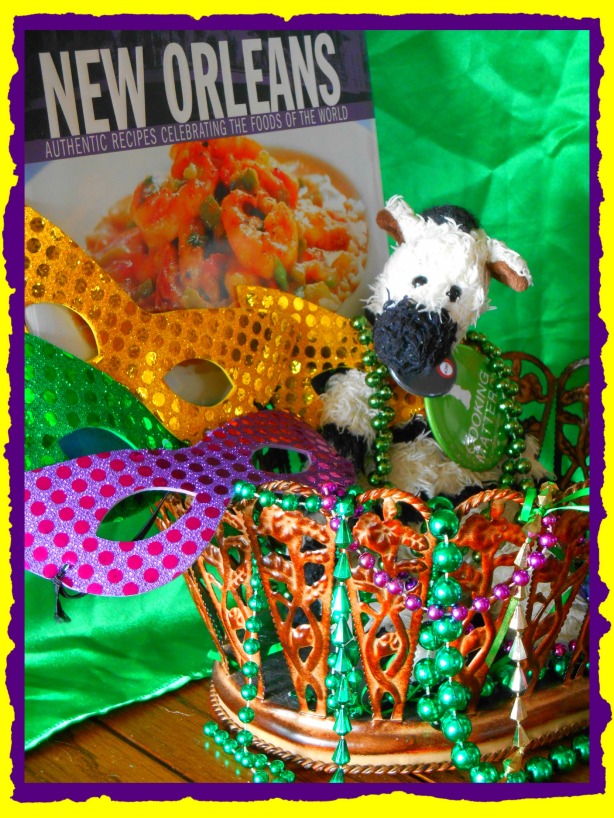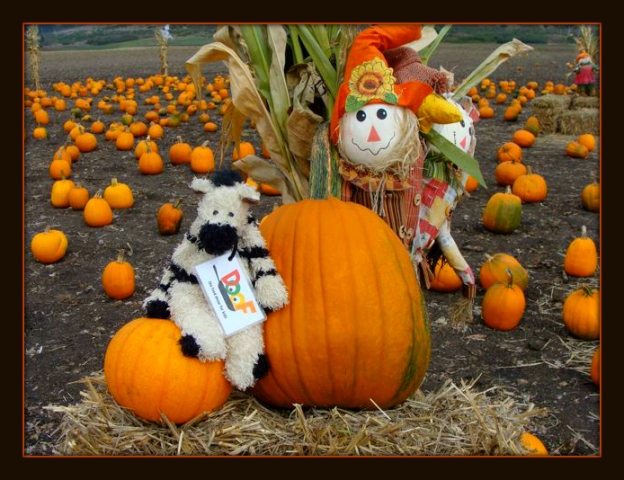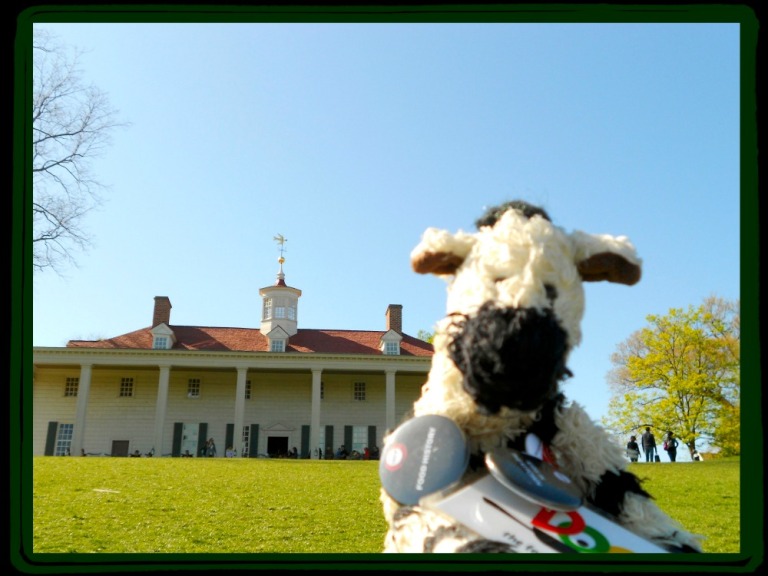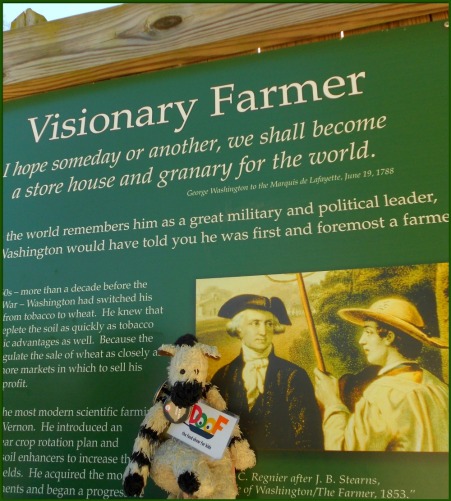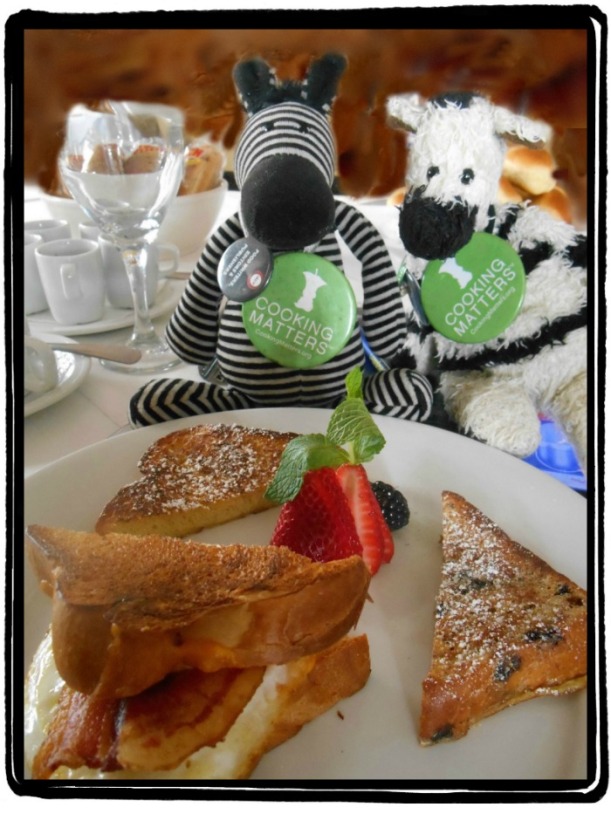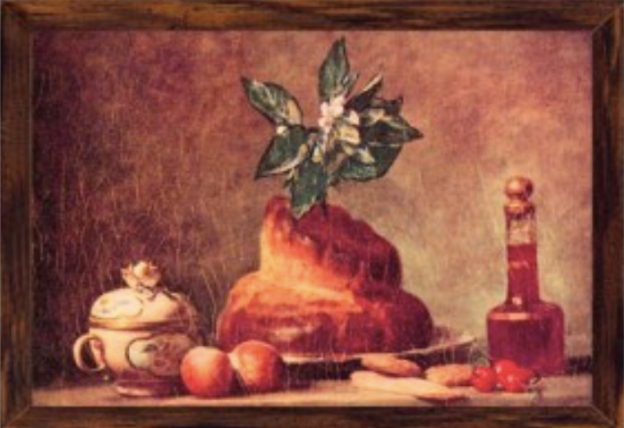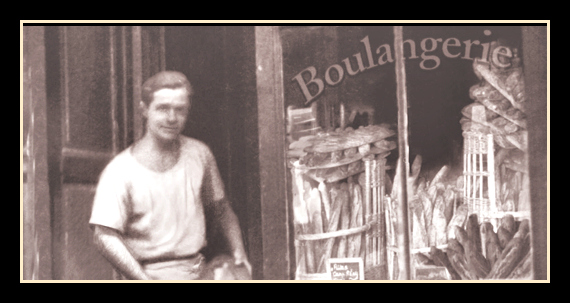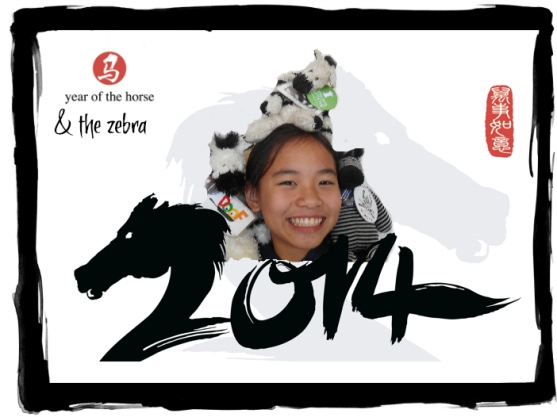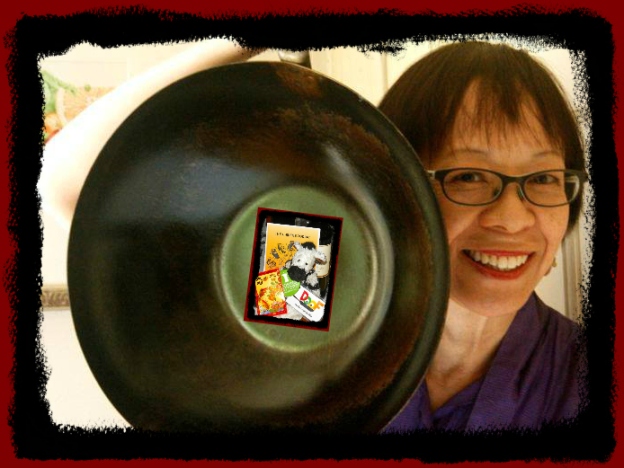
Exploring the world’s culinary curiosities is what zebras love best.
So when my friend Liz Williams, president of the Southern Food and Beverage Museum (SoFAB), invited me to help her with a very important mission, I zoomed across the country faster than you can say “stripes!”
Our meeting place: Crownsville, Maryland. Our mission: to help wrap and box a collection of 2000 beautiful bottles that had been donated to SoFAB by some super-nice humans. After that, Liz and her husband Rick Normand would personally drive the bottles all the way back to the museum, which is in New Orleans (a city famous for its amazing food and beverages).
On a rainy summer afternoon, I gathered with Liz, Rick, and our cooking teacher buddy Sheila Crye at the home of Don and Elaine Fosler. Elaine’s son, David Jones, was our guide — he led us to the special room that had been the home of the bottle collection for decades.

Think this is a lot of bottles? Imagine a WHOLE ROOM filled with cases like this!
I wasn’t totally clear on exactly what used to be inside these bottles, since zebras don’t exactly have a lot do with bottles in our ordinary lives. I think it was a potion or something – sort of like in the Harry Potter stories.
For me, the fascination was in the bottles themselves. Liz told me that for humans, an important part of learning about anything is understanding its history and culture (that means society in general). She said the vessels that hold foods and beverages can have as much cultural and historical significance as what’s inside.

I had a great time exploring California history with Father Junípero Serra.
A vessel can reveal a lot, Liz said. “Early vessels were made of animal skins, then ceramics, then glass. The material a vessel is made of tells us a lot about its place in history. Its shape can reveal its use – and how important the vessel was to the people who used it.”
So what were these bottles made of? Mostly ceramic and glass. And when were they made? The collection includes bottles that were crafted from 1919 to around 2002. Liz said this was especially cool, because the collector actually worked through two centuries – the 20th and 21st.
Another awesome thing: these artistic bottles looked like little statues of just about everything on the planet. There was even one in the shape of a zebra!
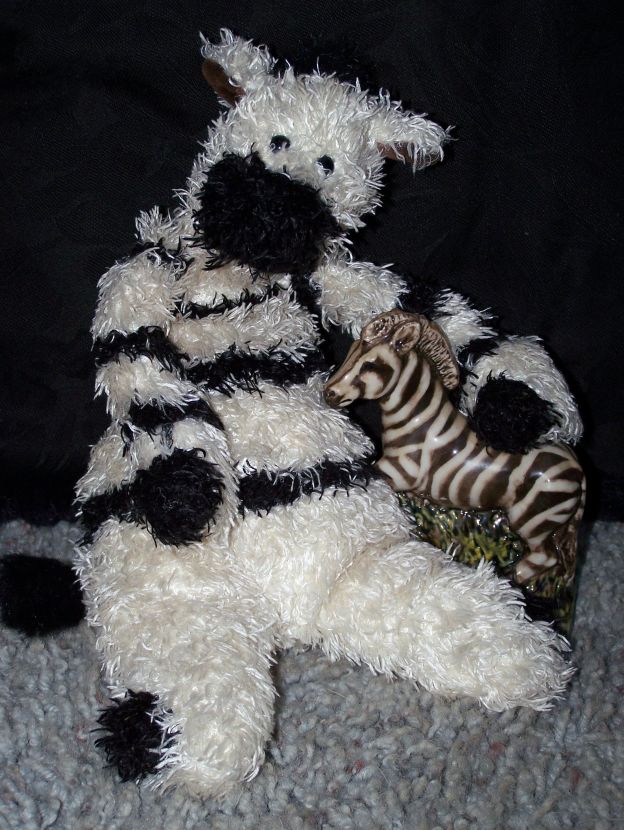
This rare striped bottle is my all-time favorite — can you guess why?

I think there’s something fishy about this bottle — but I can’t quite put my hoof on exactly what it is!

It was quite enlightening to discuss life on the savannah with a pair of noble lions.
According to Liz, “As our technology advanced to make vessels in certain shapes or to write something important on the vessel, it allowed them to take on even greater meaning. These statue-like bottles are collectibles in their own right, commemorating places, people, creatures and events. They give us another way to record and appreciate history.”
Well, I’ll tell you one thing: carefully wrapping and boxing up thousands of historically important bottles for a museum definitely takes a while. Not light years exactly. But a pretty long time.

Who knew that vintage bottles could teach you all about the human legal system?

My next goal? To strike it rich by traveling back in time to the Gold Rush era!

Send in the clowns — and a zebra!
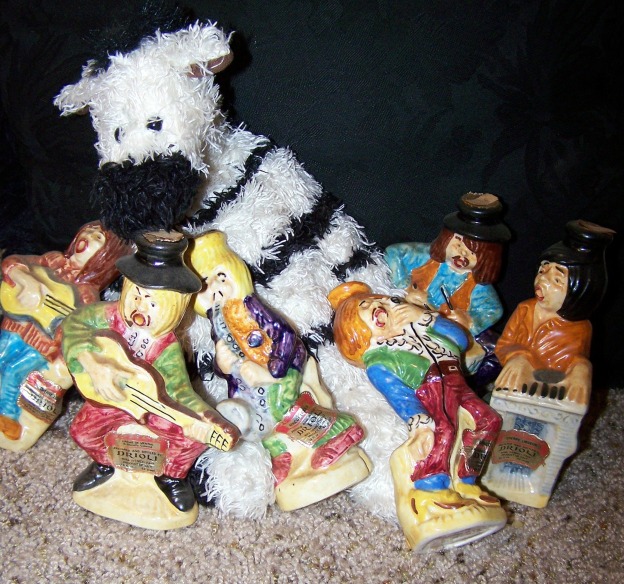
Listening to music from different eras gets me really jazzed!
As the rain drummed on the roof and trees danced in the summer wind, we listened to music from the eras when the bottles were made. Cole Porter. Buddy Holly. The Beatles. And lots more.
We took a break for pizza — and Liz told stories about SoFAB and all its exciting events and collections. If you want to read about them yourself, just visit the museum’s website.
After dinner, the humans got back to work–and so did I, after a quick nap to recharge my stripes.

I do my best to rest up in between vintage encounters.
And then the moment came when all the cabinets were empty — and boxes were stacked almost to the ceiling. It was a little sad, because the bottles had been here for so long — and the room looked kind of forlorn.
But the happy part was much more powerful: the collection would be going to a place where anyone who wants to can enjoy its beauty and explore its meanings.
After we were done, David brought out a guitar that looked like it was from a faraway galaxy made up only of music and stars. He played one of my favorite old songs: Stairway to Heaven.
Which seemed exactly right.

For information about donating cool culinary stuff (including ANY and ALL cookbooks) to the Southern Food & Beverage Museum, please visit southernfood.org.


